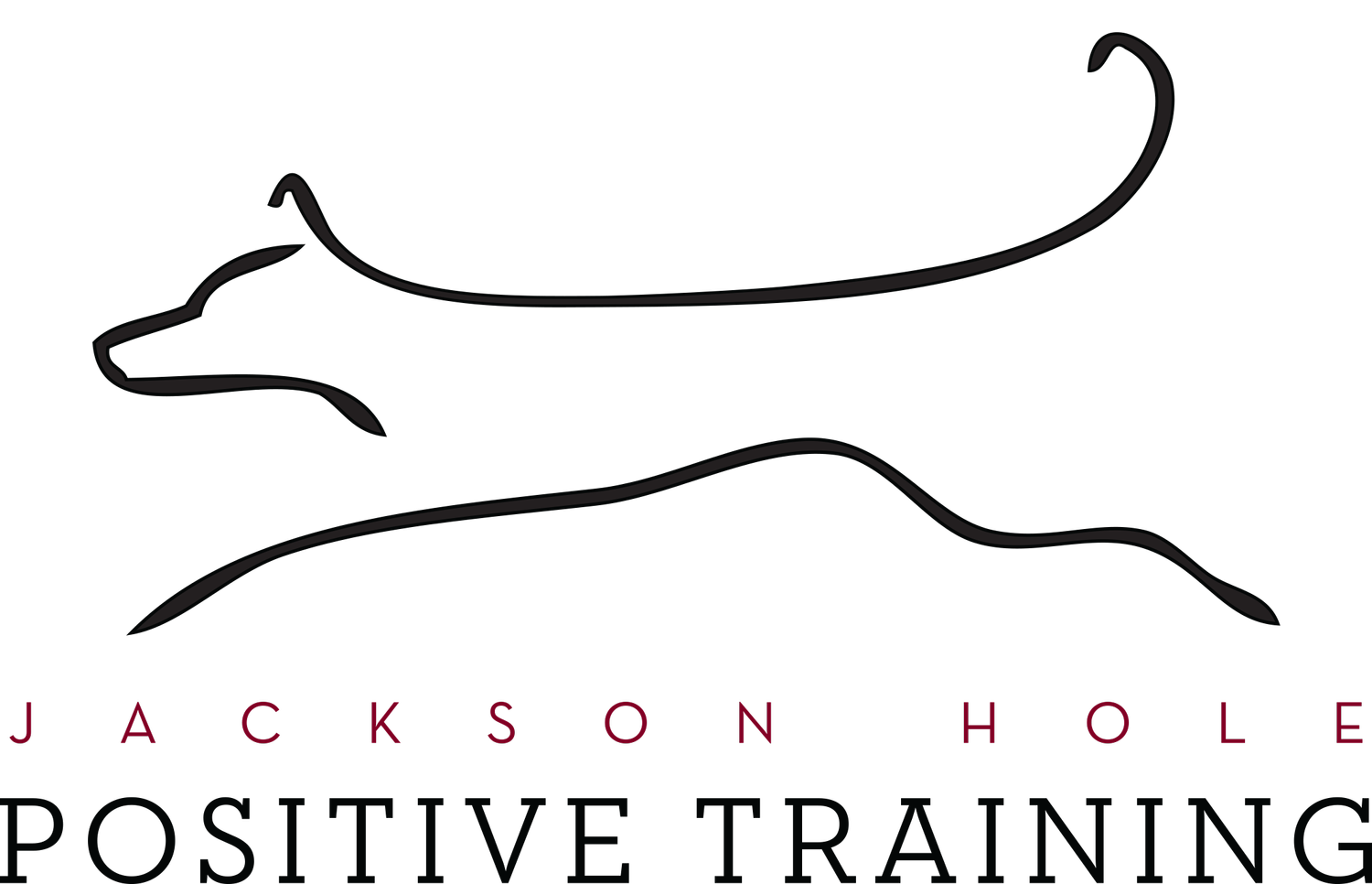Significant Shifts For the Better Happening in the Dog Training World
Happy New Year! Here we are once again at that time of year so ideal for new beginnings. Some of those beginnings may be totally new - others may be bringing back good things into our lives.
After 7 years of writing the Good Dog column, it went on hiatus in March 2020, when covid began and the world turned upside down. As of this month, I’m happy to report, it’s being resurrected!
In the past 3 years, there have been some shifts happening in the dog training world, and some outright big changes. Some of those shifts, in my opinion, have been long awaited and really necessary. One in particular is significant: striving to bring in a broader and deeper understanding of our canine companions when working with people and their dogs.
Most people have a pretty specific picture in their minds of what we “dog trainers” do. For many, “training” means teaching a dog to be “obedient”, or to reliably respond to certain verbal cues. While teaching a dog certain cues can be useful, there’s more to it than that. That’s right: obedience does not translate necessarily to well-behaved or happy dogs.
So when we talk about behavior, it’s important to realize that what we consciously, actively try to “train” is really just a small piece of the picture. There are many other aspects that influence a dog’s behavior, and many of these are even more significant. These include a dog’s genetics, learning history, and current environment; their age and state of development, their health and physiology, and their stress levels and pain levels. It includes their quantity and quality of sleep, type and quantity of exercise, underlying social needs, in addition to who they are as an individual, and even the emotional states of the people and dogs around them.
Nope, that’s not what most people think of when they call on a trainer, but it’s critical to consider all of these influences when we are working with dogs to ensure we are doing all we can to help all parties - human and canine - live the best lives possible. It’s what makes working in the field of behavior so interesting to me, but it also makes things much more complex.
While some part of what we do is teaching owners to teach their dogs to “Sit” or “Come”, or teaching a dog a certain context means to behave a certain way without being “told” by the person to do so (yes, dogs can learn that, such as waiting at an open door without running out but also without being “told” by the person to “wait”), a very large part of what we do when trying to affect behavior change, especially in behavior challenge cases, is address the underlying factors - increasing understanding, educating about a dog’s genetics and breed propensities, bringing in management, adjusting expectations, teaching a dog the world is a good and safe place by creating experiences that feel good and safe from the dog’s point of view rather that just focusing on manipulating behavior without investigating what’s driving it.
Some challenges are due to poor management, some to lack of understanding of genetics, some relate to a dog’s needs not being met. Some challenges stem from unrealistic expectations, trying to fit a square peg of a dog into a round hole. Dogs are as individual and varied as people. They are not all just the same creature/set of behaviors in different packaging that we can quickly “program” to behave in a certain way.
In the past 3 years, the dog training world is finally articulating and acknowledging that. This isn’t to say we don’t strive to help people whose dogs have behavior challenges - we absolutely do. It just means we don’t leap to change that behavior without first looking at all the other factors and deciding it if’s even a fair ask. And often we see when those other factors are addressed, many problematic behaviors fade away on their own, without any direct “training” intervention.
For many trainers nowadays, myself included, the biggest objectives continue to be to help humans and dogs live happily together…but now, we go about that a little differently.
Yep, it’s a very exciting time in the dog training world. Here’s to deeper understanding and better lives for people and dogs in 2023!

